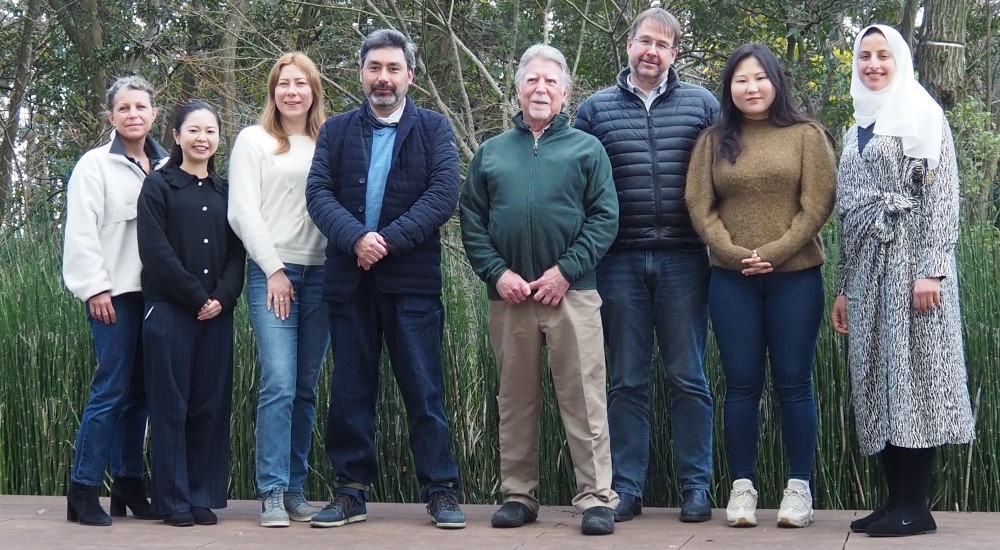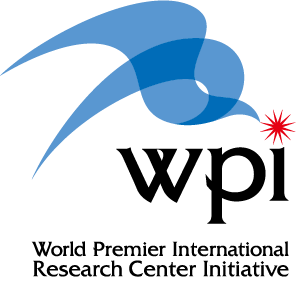
Sleep and sleep regulation - understanding cortical slow waves.
We have to sleep every day, otherwise we suffer and our brains lose their ability to function. Why is sleep so necessary and beneficial? Surprisingly we still don’t really know. We want to contribute to the understanding of sleep so that everybody can benefit from good restorative sleep!
Our brains change their activity very dramatically between being awake and being asleep. Especially in deep non rapid eye movement (NREM) sleep, also called slow wave sleep, the brain produces very unique signals. These slow oscillations or slow waves are created by a highly synchronized activity of the nerve cells in the outer layer of the brain, the cortex. These cortical nerve cells change from activity to silence together roughly once a second. We can detect this activity by recording electrical signals from the surface of the scalp in humans and mammals such as mice. These signals are called electro-encephalogram (EEG).
In our lab we want to understand the beneficial role of sleep by studying its effect on the brain and on the activity of the brain. We are especially interested in the effect of sleep on learning and memory. We also want to understand what distinguishes good sleep from bad sleep.
Research
We are looking at patterns of activity in the cortex of mice that are awake and asleep to understand how the brain changes its activity. We have found that the activity in sleep is less organized.
We have also stimulated the brain in waking and sleep conditions and found that the sleeping brain shows much bigger responses.
Taken together we find that the functional connections in the brain can change dramatically between waking and sleep and we now want to determine, which connections become stronger and which ones weaker.
We also use novel tools to manipulate the behaviors of neurons to use them to control and manipulate waking and sleep.
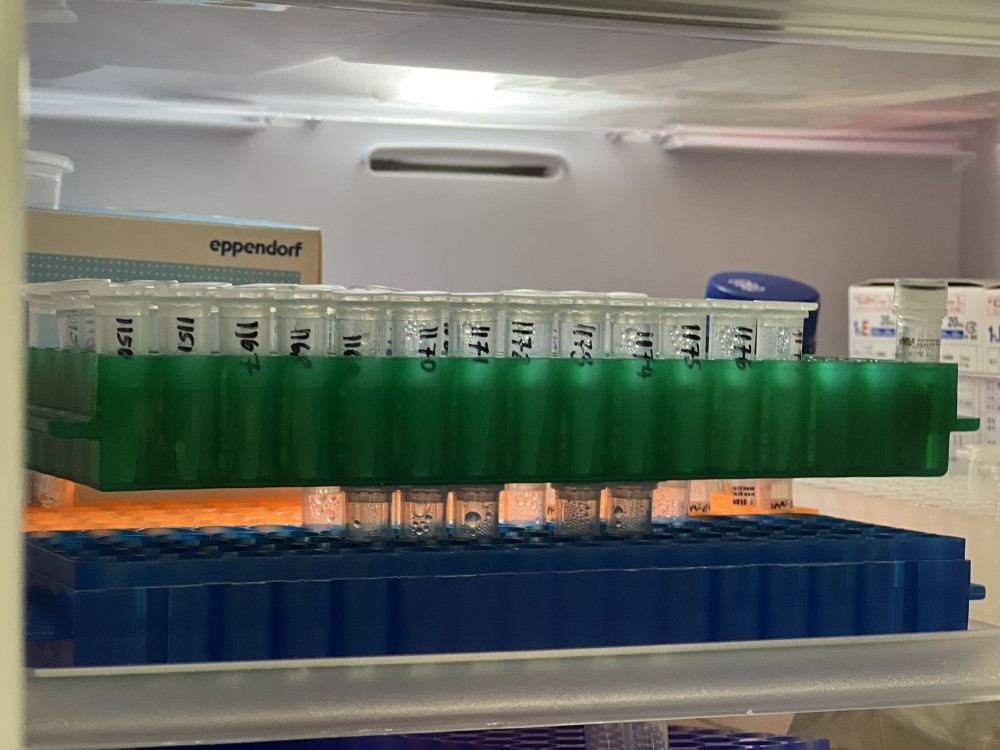
In human subjects the EEG is often the only tool we have to measure brain activity. We are constantly aiming to refine EEG analysis and extract more data.
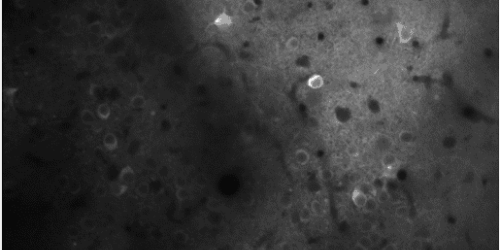
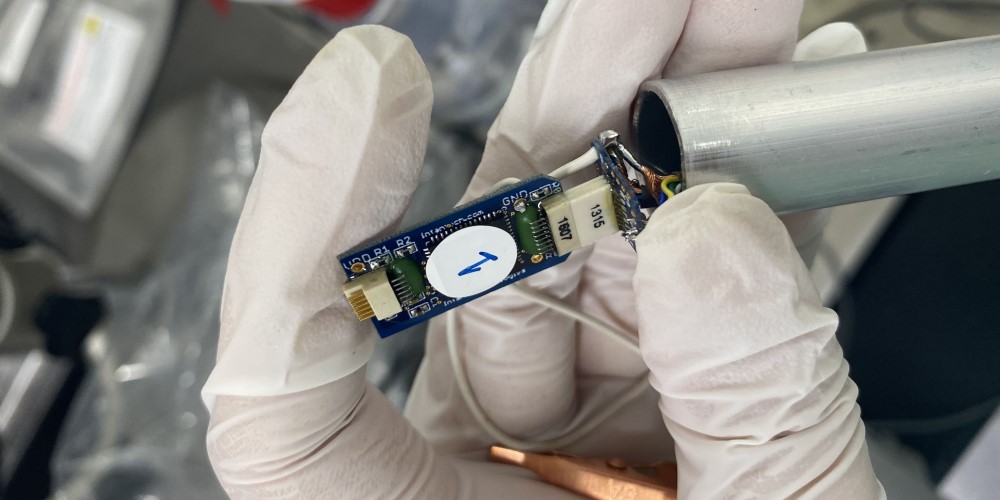
People

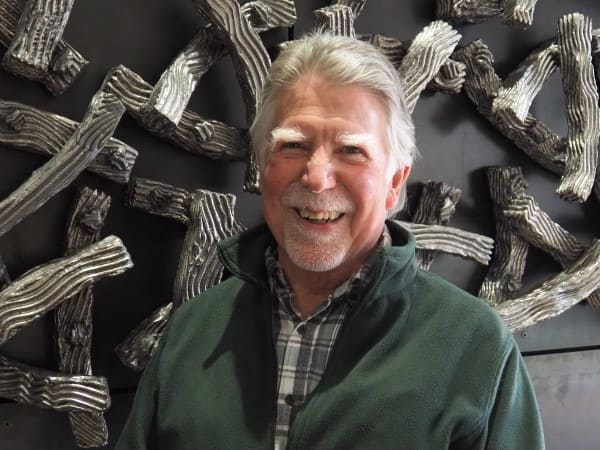
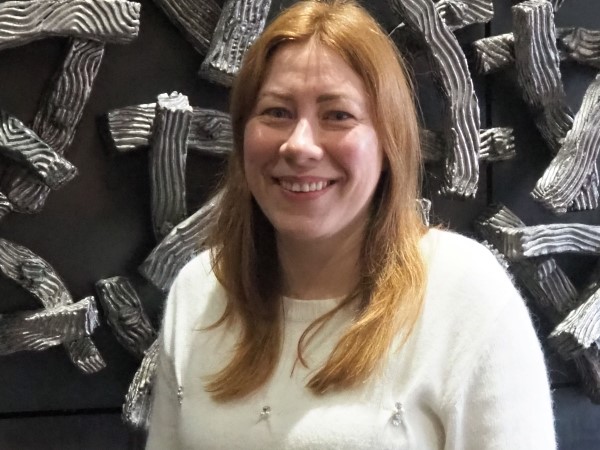
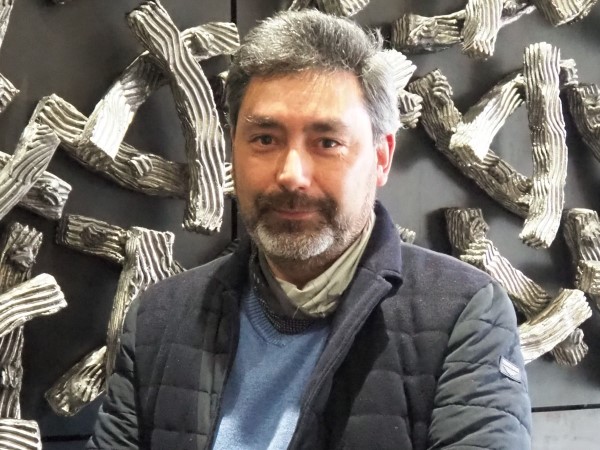
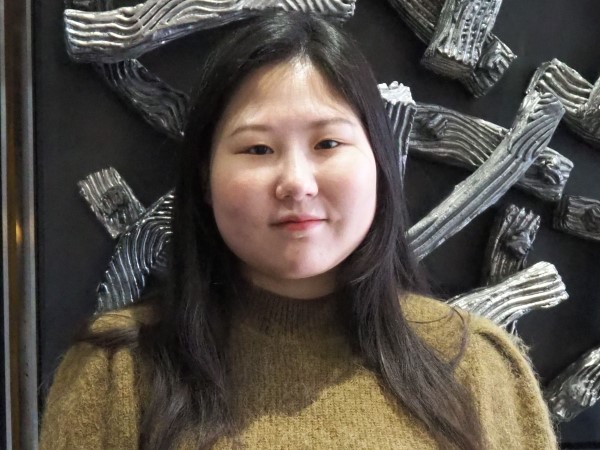
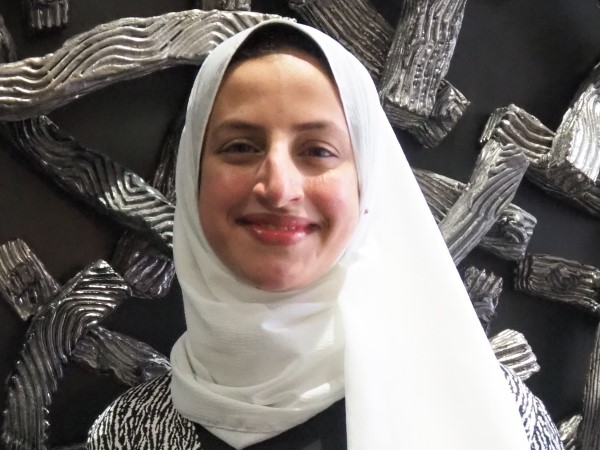
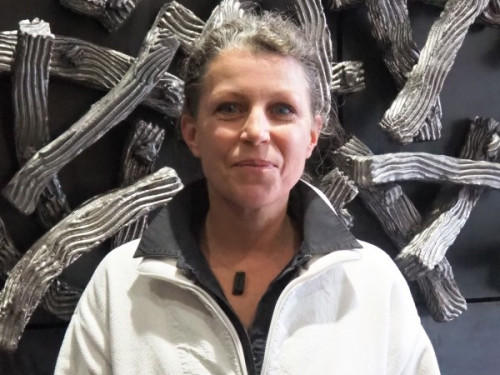
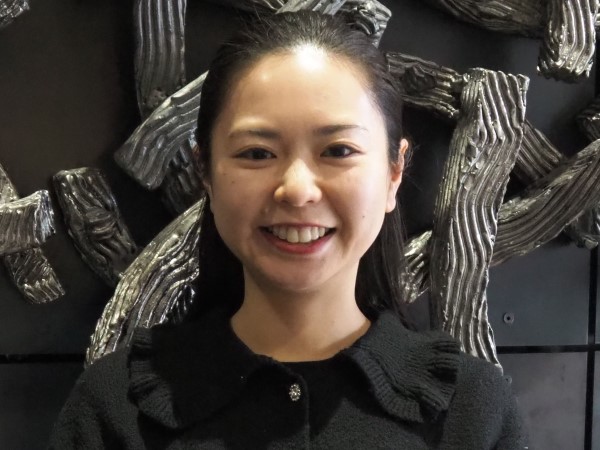
Publications
- 1. Park I, Kokudo C, Seol J, Ishihara A, Zhang S, Uchizawa A, Osumi H, Miyamoto R, Horie K, Suzuki C, Suzuki Y, Okura T, Diaz J, Vogt KE, Tokuyama K: Instability of NREM sleep in older women evaluated by sleep-stage transition and envelope analyses. In Front. Aging Neurosci. doi: 10.3389/fnagi.2022.1050648 (2022)
- 2. Takahashi TM, Hirano A, Kanda T, Saito VM, Ashitomi H, Tanaka KZ, Yokoshiki Y, Masuda K, Yanagisawa M, Vogt KE, Tokuda T, Sakurai T: Optogenetic induction of hibernation-like state with modified human Opsin4 in mice. In Cell Reports Methods 2, 100336 https://doi.org/10.1016/j.crmeth.2022.100336(2022)
- 3. Han GE, Matsumoto S, Diaz J, Greene RW, Vogt KE: Dihydropyridine calcium blockers do not interfere with non-rapid eye movement sleep. Front. Neurosci. 16:969712. doi:10.3389/fnins.2022.969712 (2022)
- 4. Sakamoto K, Morikuni K, Sakurai T, Matsumoto S, Vogt K: Online Spectral Classification for Long-Term Spike Sorting. In 5th International Conference on Medical and Health Informatics, 89-97, https://doi.org/10.1145/3472813.3472830 (2021)
- 5. Tsai C-J, Nagata T, Liu C-Y, Suganuma T, Kanda T, Miyazaki T, Liu K, Saitoh T, Nagase H, Lazarus M, Vogt KE, Yanagisawa M, Hayashi Y: Cerebral capillary blood flow upsurge during REM sleep is mediated by A2a receptors. In Cell Reports 36 (7), 109558 (2021)
- 6. Park I, Díaz J, Matsumoto S, Iwayama K, Nabekura Y, Ogata H, Kayaba M, Aoyagi A, Yajima K, Satoh M, Tokuyama K, Vogt KE: Exercise improves the quality of slow-wave sleep by increasing slow-wave stability. In Sci Rep. Feb 24;11(1):4410. doi: 10.1038/s41598-021-83817-6. (2021)
- 7. Hirose Y, Kitazono T, Sezaki M, Abe M, Sakimura K, Funato H, Handa H, Vogt KE, Yanagisawa M: Hypnotic effect of thalidomide is independent of teratogenic ubiquitin/proteasome pathway. In Proc Natl Acad Sci U S A. 15;117(37):23106-23112. doi: 10.1073/pnas.1917701117. (2020)
- 8. Kumar D, Koyanagi I, Carrier-Ruiz A, Vergara P, Srinivasan S, Sugaya Y, Kasuya M, Yu TS, Vogt KE, Muratani M, Ohnishi T, Singh S, Teixeira CM, Chérasse Y, Naoi T, Wang SH, Nondhalee P, Osman BAH, Kaneko N, Sawamoto K, Kernie SG, Sakurai T, McHugh TJ, Kano M, Yanagisawa M, Sakaguchi M: Sparse Activity of Hippocampal Adult-Born Neurons during REM Sleep Is Necessary for Memory Consolidation. In Neuron. 5;107(3):552-565.e10. (2020)
- 9. Ohyama K, Kanda T, Miyazaki T, Tsujino N, Ishii R, Ishikawa Y, Muramoto H, Grenier F, Makino Y, McHugh TJ, Yanagisawa M, Greene RW, Vogt KE: Structure of cortical network activity across natural wake and sleep states in mice. In PLoS One. 15(5):e0233561. doi: 10.1371/journal.pone.0233561. (2020)
- 10. Matsumoto S, Ohyama K, Díaz J, Yanagisawa M, Greene RW, Vogt KE (2020) Enhanced cortical responsiveness during natural sleep in freely behaving mice. In Sci. Rep. 10(1):2278. doi: 10.1038/s41598-020-59151-8. (2020)
- 11. Ogawa Y, Kanda T, Vogt K, Yanagisawa M: Anatomical and electrophysiological development of the hypothalamic orexin neurons from embryos to neonates. In J Comp Neurol. 525(18):3809-3820. (2017)
- 12. Irukayama-Tomobe Y, Ogawa Y, Tominaga H, Ishikawa Y, Hosokawa N, Ambai S, Kawabe Y, Uchida S, Nakajima R, Saitoh T, Kanda T, Vogt K, Sakurai T, Nagase H, Yanagisawa M: Nonpeptide orexin type-2 receptor agonist ameliorates narcolepsy-cataplexy symptoms in mouse models. In Proc Natl Acad Sci U S A. 30;114(22):5731-5736. (2017)
Join us
We are looking for graduate students and postdoctoral researchers to work with us in our laboratory.
In order to belong to our laboratory as a student, you must be admitted to the graduate school of the University of Tsukuba. If you are a postdoctoral researcher, we can accept you as a Japan Society for the Promotion of Science (JSPS) Postdoctoral Fellow or a Foreign Postdoctoral Fellow. We welcome you to visit our laboratory and consult with us about entering the graduate school.
If you are interested in sleep research, please contact us first.

